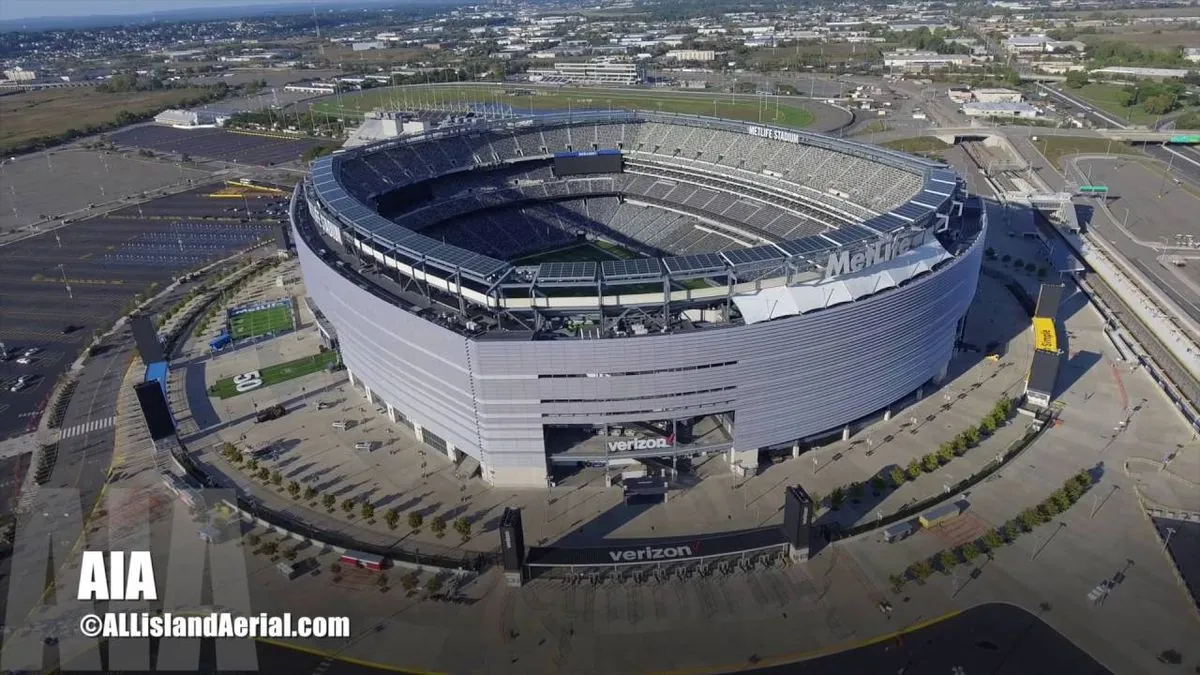The United States is grappling with significant challenges as it prepares to co-host the 2026 FIFA World Cup alongside Canada and Mexico. Recent events have cast doubt on the nation's readiness for this global sporting spectacle, which is set to be the largest in World Cup history with 48 teams participating.
Two years ago, the U.S. Men's National Team faced a disappointing exit from the 2024 Copa America, held on home soil. Losses to Panama and Uruguay highlighted concerns about the team's competitiveness on the international stage. This performance has raised questions about the U.S. team's prospects for 2026, especially considering their failure to qualify for the 2018 World Cup in Russia.
Beyond on-field performance, the Copa America exposed infrastructure and logistical issues that could impact the World Cup experience. The final match between Colombia and Argentina in Miami was marred by chaos, with unauthorized fans entering the stadium and causing delays. This incident has amplified concerns about the United States' ability to manage the massive influx of international visitors expected in 2026.
Comparisons with Germany's simultaneous hosting of the European Championship have further highlighted American shortcomings. While German cities buzzed with energy and efficient organization, U.S. venues often appeared underprepared and sometimes chaotic. Marcelo Bielsa, Uruguay's coach, criticized both security measures and pitch conditions in the United States, issues that were notably absent from the European tournament.
The vast distances between host cities in the U.S. present a unique challenge. Unlike the compact nature of previous tournaments, such as the 2022 Qatar World Cup, fans will face significant travel requirements. The lack of comprehensive public transit systems in many U.S. cities compounds this issue, potentially leading to congestion and accessibility problems.
"The 2026 FIFA World Cup will not just be the biggest, it will also be the best World Cup ever. The passion and enthusiasm for football in these three countries, as well as the operational excellence of the bid, are extraordinary."
Climate concerns also loom large over the tournament. Extreme heat, as experienced during the Copa America matches in California and Florida, poses risks to both players and spectators. The incident of fans fainting outside the Miami stadium during a heatwave serves as a stark reminder of the potential dangers.
Security is another critical area of focus. The United States' ongoing issues with gun violence have prompted travel advisories from several nations. Ensuring the safety of hundreds of thousands of international visitors will be a monumental task for organizers and law enforcement agencies.
Visa and immigration policies present yet another hurdle. The U.S. visa system's complexity and stringency may prevent many international fans from attending, potentially impacting the tournament's atmosphere and global representation.
Despite these challenges, the 2026 World Cup presents a unique opportunity for the United States to showcase its strengths and address its weaknesses on a global stage. As the first World Cup to feature 48 teams, it will be a historic event regardless of the outcome.
The U.S. has previously hosted the World Cup in 1994, which remains the most attended in the tournament's history. However, the landscape of international football and the expectations for hosting such an event have evolved significantly since then.
As the clock ticks down to 2026, all eyes will be on the United States to see how it navigates these challenges and delivers a World Cup that lives up to the grand expectations of the global football community.
